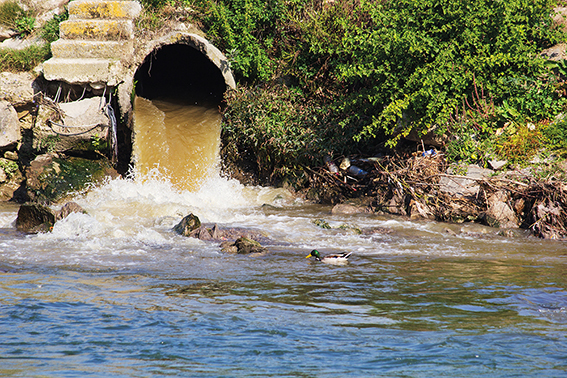Pumping of semi-organic sludges in the waste water treatment and biogas industries has long been the preserve of the progressive cavity pump (PCP), and with good reason.
They are able to deal with variable and high viscosities, ranging from thin, activated sludges at less than 1% ds through to thickened sludges in the 10 – 12% and, in open-hopper, auger fed form, even sludge-cakes up to and exceeding 30% ds. They also have strong suction characteristics making them self-priming under lift conditions and they are not prone to gas-locking. Their tolerance of grit and ability to pass solids allow them to survive the harsh conditions prevalent in waste water treatment and the biogas industries.
Being positive displacement machines, with output directly proportional to speed and very high volumetric efficiency, they can give excellent flow control over wide ranges and can be used for accurate metering, even where viscosity and head are variable.
In the last ten years the supremacy of the progressive cavity pump (PCP) has been challenged by industrial rotary lobe pumps (RLP). These share many of the functional virtues of PCPs, with their key selling points being their smaller footprint and the ability to be maintained in place without disturbing pipework. RLP ranges don’t completely overlap with PCPs, with the latter being biased to smaller flows and higher pressures and the former being biased more towards higher flows and lower pressures. Installation considerations aside, PCPs will usually be more cost effective at the lower end of the flow range with RLPs taking over above approximately 90m3/h. PCPs are also typically more robust and likely to survive better in especially harsh applications such as those found in food-waste fuelled biogas plants.
To further complicate the choices, in more recent years the major PCP manufacturers have been developing “maintain in place” technologies as a response to the RLP “threat”, with offerings available from the major manufacturers. These make it possible to unblock pumps or change the rotor and stator without removing pipework. They also eliminate the need to include a spool-piece in the pipework to allow stator removal, reducing the installation space needed.
NETZSCH have been supplying the sludge-handling industry for more than 50 years and have a well-earned reputation for reliability. Uniquely, they manufacture both Progressive Cavity Pumps and Rotary Lobe Pumps making them ideally placed to offer the best, unbiased selection for any sludge application.
The NETZSCH Progressive Cavity pump range includes the recently introduced “FSIP” Full Service In Place variant of the well proven NEMO range. In flagship “FSIP-Pro” form, as well as allowing the rotor and stator to be changed in a few minutes a clever, patented seal housing design allows the complete power train and seal assembly to be removed and re-installed in minutes, without risk of seal breakage. The range also incorporates a selection of open hopper pumps for sludge cake handling including the BF range with optional ABP module “live-wall” hopper technology, able to handle even the most bridge-prone cakes.
The NETZSCH Rotary Lobe Pump ranges comprise of the Tornado T1 & T2 series.
The Tornado T1 is of fairly conventional design with oil-lubricated bearing housing, timing gears, rubber coated lobes and replaceable metallic housings and wear-plates.
The Tornado T2 is completely different, using sealed-for-life grease lubricating bearings and a double-sided toothed belt for both power transmission and timing purposes. The metallic lobes run in a renewable rubber-lined GRP insert, making renewal a very quick and straight-forward process.
Both the T1 and T2 have an air-gap between pump head and bearing housing eliminating the risk of product contaminating the bearings and giving visual indication should leakage occur.



